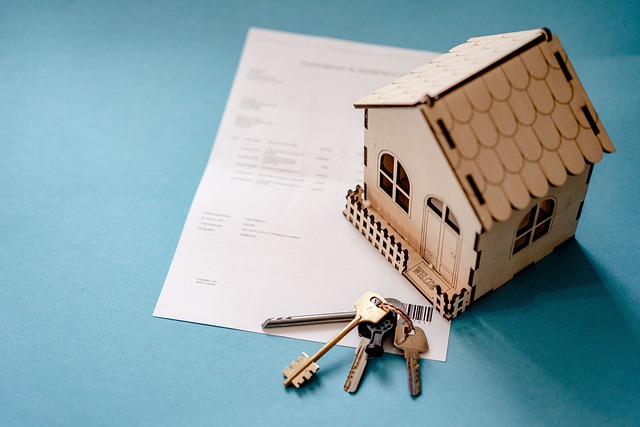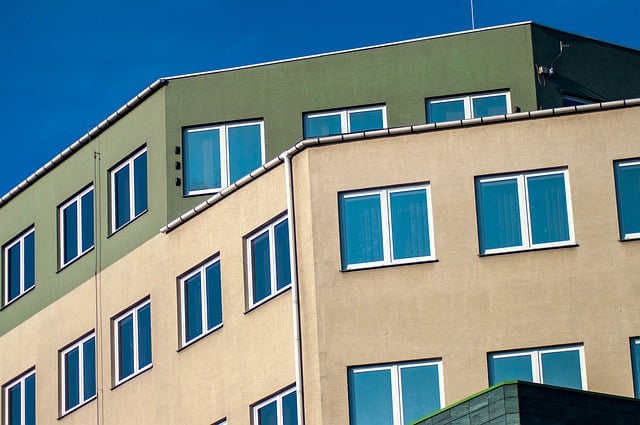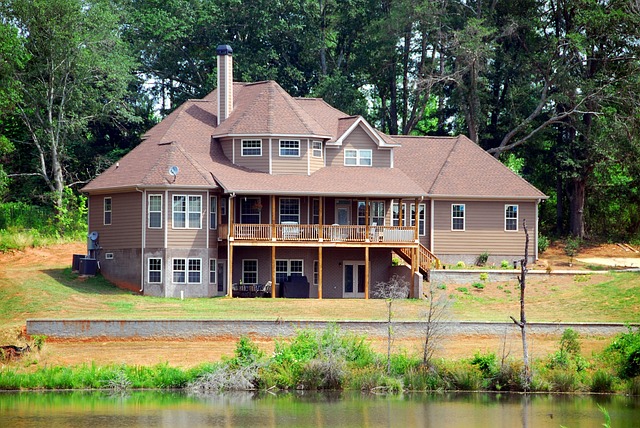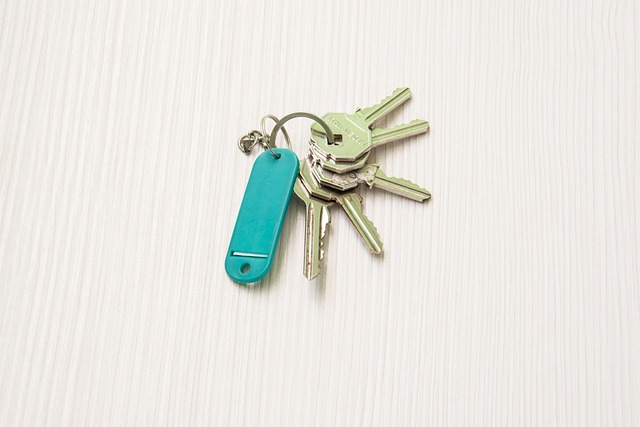Over the past decade, Executive Condos (ECs) in Singapore have evolved significantly, transitioning from primarily serving higher-income middle-class families to becoming a diverse and mature housing option that reflects residents' aspirations and lifestyle preferences. The EC landscape has been shaped by regulatory changes like LTV and TDSR measures, which have led to a more prudent market with a wider array of units suitable for various family sizes and budgets. ECs are now not just homes but valuable investments, with consistent appreciation rates making them a lucrative option for both living and capital gains. Looking forward, the next ten years will see these condos adapting to demographic changes, government policies, and technological advancements, offering sustainable living, smart home technology, and eco-friendly amenities in line with Singapore's urban development master plan and its aspiration to be a smart city. The Executive Condo After 10 Years is set to be a harmonious blend of tradition and innovation, designed to meet the changing needs of residents while maintaining its significance in Singapore's residential market.
2021 marks a significant juncture to reflect on the trajectory and transformation of Executive Condos (ECs) in Singapore over the past decade. This article delves into the evolution, market trends, resident experiences, and investment potential of ECs from 2011 to 2021. With a focus on “Executive Condo After 10 Years,” we explore how these housing developments have matured, adapted to economic influences, and shaped the lifestyle of their residents. As we look back at the lifecycle of ECs from new launch to mature estate, we also cast an eye forward to envision the future of this unique segment of Singapore’s property landscape beyond the next ten years.
- Understanding the Evolution of Executive Condos in Singapore Over a Decade
- The Lifecycle of an Executive Condo: From New Launch to Mature Estate
- Market Trends and Economic Factors Influencing ECOs Post-2011
- Living in an ECO After 10 Years: Resident Experiences and Lifestyle Changes
- The Investment Potential of Executive Condos: A Retrospective Analysis (2011-2021)
- Future Outlook for Executive Condos in Singapore Beyond the Next Decade
Understanding the Evolution of Executive Condos in Singapore Over a Decade

Over the past decade, Executive Condos (ECs) in Singapore have undergone a significant transformation, reflecting the changing needs and preferences of homeowners. Initially introduced to provide an alternative housing option for couples where at least one of the spouses is unable to afford a public housing flat due to higher income levels, ECs have since evolved into a sought-after living choice for many middle-income families. These developments are not just about bricks and mortar; they embody the aspirations and lifestyle preferences of their residents.
The evolution of Executive Condos after 10 years has seen a shift towards more sophisticated and diverse architectural designs, amenities, and facilities, catering to the growing expectations for quality living. The introduction of stricter loan-to-value (LTV) ratios and Total Debt Servicing Ratio (TDSR) regulations in 2012 and subsequent adjustments have also influenced the market, making it more prudent and sustainable. Consequently, the EC landscape has matured, with developers offering a broader range of units to meet the diverse needs of buyers, from smaller units for younger couples to larger and more luxurious options for growing families. This maturation is evident in the popularity of ECs as a long-term investment, with many residents choosing to stay in their ECs beyond the initial five-year minimum occupation period once their children are eligible for public housing. The journey of Executive Condos in Singapore over the past decade is a testament to the dynamic nature of the property market and the adaptive capacity of these developments to meet the evolving demands of homeownership.
The Lifecycle of an Executive Condo: From New Launch to Mature Estate

2021 marked a pivotal year for Executive Condos (ECs) in Singapore, with developments that highlighted their evolving role within the city-state’s diverse housing landscape. Upon their launch, ECs present an attractive option for young families and professionals who cannot afford private property but aspire to upgrade from public housing. These properties come with a nine-year limited exclusivity period for Singapore Citizens, after which they revert to being public housing, catering to a broader demographic over time. As an EC transitions into its second decade post-launch and moves beyond the 10-year mark, it becomes part of the mature estate ecosystem, offering a blend of affordability and centrality that remains in demand. This transition period is critical as it reflects the changing dynamics of the property market, community demographics, and living preferences. Over the years, these residences evolve, often enhancing their amenities and infrastructure to stay relevant and appealing to new generations of residents. The lifecycle of an EC thus provides a unique lens through which to observe the shifts in urban living and property trends within Singapore.
Market Trends and Economic Factors Influencing ECOs Post-2011

2021 marked a significant juncture for Executive Condos (ECs) in Singapore, as they celebrated their 10th anniversary since the introduction of this hybrid housing scheme. Post-2011, ECs have evolved amidst a dynamic real estate landscape, influenced by both market trends and economic factors. The global financial crisis that began in 2008 set the stage for policy adjustments, leading to a tightening of loan-to-valueratios for EC buyers and the implementation of Total Debt Servicing Ratios. These measures aimed to stabilize the property market and ensure sustainable growth, which have since become cornerstones in Singapore’s real estate regulations.
As we look at the decade post-2011, several trends have emerged that continue to shape the EC market. The Singaporan economy’s robust performance, coupled with a consistent population growth, has underpinned demand for housing. Additionally, the government’s supply management, which adjusts the release of new EC sites based on market conditions, has played a pivotal role in maintaining price stability. With a focus on creating diverse living spaces that cater to the needs of both young families and upgraders, ECs have adapted to demographic shifts, offering larger units than traditional public housing while remaining more affordably priced than private condominiums. The resilience of the EC market post-2011 is a testament to its adaptability and the strategic role it plays in Singapore’s diverse housing landscape.
Living in an ECO After 10 Years: Resident Experiences and Lifestyle Changes

Over the span of a decade, residents who have chosen to live in an Executive Condominium (EC) in Singapore have experienced a multitude of changes both within their homes and in the broader community. An Executive Condo after 10 years often reflects the evolution of lifestyle preferences and family dynamics. Initially designed for couples who may not meet the income ceiling for public housing but aspire to own a property together, these condominiums have adapted to cater to the growing needs of their residents. The living experience within an EC typically matures as residents settle into the comforts of their homes. They often personalize their spaces, reflecting a blend of functionality and aesthetics that suit their lifestyles after years of residing in the community. The shared facilities, initially bustling with activity, may see a shift as residents prioritize different aspects of communal living. Some may engage more with neighbors, forming tight-knit communities, while others might prefer the solitude that their homes offer, albeit within a dense residential setting.
Furthermore, the amenities and services within an EC often undergo enhancements to keep up with the changing needs of the residents. Over time, these improvements can lead to an increase in property value, making an Executive Condo after 10 years not just a home but also a valuable investment. The market for such properties has shown resilience and appreciation, providing residents with the dual benefit of a comfortable living space and a potentially profitable asset. As the EC community continues to age, the collective experiences of its residents shape the narrative of what it means to live in an Executive Condominium in Singapore after a decade. These stories, rich with personal growth, family expansion, and evolving lifestyles, add depth to the fabric of the EC living experience.
The Investment Potential of Executive Condos: A Retrospective Analysis (2011-2021)

Over the past decade, Executive Condos (ECs) in Singapore have emerged as a significant component of the country’s housing landscape, offering a hybrid between public and private housing. For investors keen on the Executive Condo after 10 years, understanding their evolution is crucial. From 2011 to 2021, these properties have seen a shift in demand, influenced by economic trends, policy changes, and the demographic profile of home buyers. The initial years post-2011 saw a surge in interest as ECs provided an affordable option for upgrading from HDB flats, with many first-time homeowners seizing the opportunity to invest early. Fast forward to 2021, and the investment potential of these condos has been underscored by their consistent appreciation rates, making them a lucrative choice for both residences and investments. The government’s regulations, such as the Minimum Occupation Period (MOOP), have played a pivotal role in balancing supply and demand, ensuring that ECs remain accessible to eligible applicants while preserving their investment appeal. A retrospective analysis of ECs over this period reveals that those who invested early have reaped substantial returns, with the combination of property value growth and rental yields contributing to the robust performance of ECs as a long-term investment asset in Singapore’s property market.
Future Outlook for Executive Condos in Singapore Beyond the Next Decade

Over the next ten years, the landscape for Executive Condos (ECs) in Singapore is poised to evolve significantly, influenced by both demographic shifts and government policies. With a growing population and an increasing number of families seeking affordable housing options that offer the benefits of condominium living, ECs are set to remain a sought-after segment of the property market. The Housing & Development Board (HDB) plays a pivotal role in managing supply and demand, ensuring that these units cater to the middle-income group. In the decade following, factors such as economic growth, interest rate trends, and housing policies will shape the trajectory of ECs. Investors and potential residents looking at the Executive Condo after 10 years can anticipate a dynamic market with new developments that are sustainably designed and well-connected to public transportation networks, reflecting Singapore’s smart city aspirations.
Beyond the next decade, the outlook for Executive Condos in Singapore is one of adaptability and innovation. The government’s master plan for urban development will likely influence the location and design of new EC projects, focusing on livability and community integration. With advancements in technology and changes in lifestyle preferences, future ECs may offer smart home features and environmentally friendly amenities to attract residents. Additionally, as Singapore continues to position itself as a global hub, the geopolitical significance of the city-state could lead to an influx of expatriates, further driving demand for such housing options. The future of Executive Condos thus promises a blend of tradition and modernity, catering to the evolving needs of residents while maintaining their role as a cornerstone of Singapore’s residential offerings.
2021 marked a significant year for reflecting on the trajectory of Executive Condos (ECs) in Singapore, having evolved considerably since their inception over a decade ago. This comprehensive analysis has traced the transformation of ECs from new launches to mature estates, delved into the market trends and economic factors influencing them, and examined the lived experiences of residents post-10 years. The investment potential of ECs over the past ten years has been both robust and revealing, underscoring their value as a housing and financial asset. As we project the future landscape for ECs beyond the next decade, it is clear that these properties will continue to play a pivotal role in Singapore’s dynamic real estate sector. The insights gathered from this retrospective analysis provide a solid foundation for understanding the evolution of ECs and their enduring significance in Singapore’s property market.
